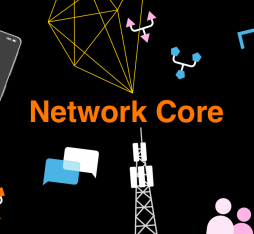Small cells
Small cells are short-range, low-transmit power access points to a mobile telecommunications network.
This technology for 4G and 5G networks relies on the installation of a large number of base stations covering small geographical areas and interior spaces, such as train stations and shopping malls.
The deployment of small cells over the coming years will fulfill the need to increase the density of the network. They are to supplement the current mobile infrastructure, relying in particular on larger stations that are known as macrocells. Coupled with other innovations, such as massive MIMO and beamforming, their aim is to improve network coverage and capacity so as to deal with the increase in mobile data traffic.
Indeed, small cell networks have several benefits.
Firstly, a reduction in the number of users connected to each antenna, due to the multiplication of antennas, makes it possible to offer higher data rates and thus better quality of service. This also helps to avoid network congestion.
What’s more, it is possible to configure these networks dynamically according to the number of users, for example switching off underused cells at certain times of the day, thus saving energy.
Small cells are fast and easy to deploy. However, the cost of installing and connecting the antennas is a considerable investment.
These characteristics mean that small cells are an interesting technology for 5G and improved mobile broadband in densely populated urban areas, but not exclusively. The support of critical services requiring an ultra-reliable network with very low latency, as well as the industrial IoT, healthcare, or the smart city, are all part of the expected applications.
Read also on Hello Future

Complementary networks for teleoperation with limitless potential
Discover
The Easy-to-Deploy LatenceTech Solution Measures Connectivity Performance
Discover



The Sophie Germain: A Modern, Efficient and Eco-Friendly Cable Ship
Discover
5G Gives Hospitals the Connectivity Required for Robotic Innovation for Telemedicine
Discover


